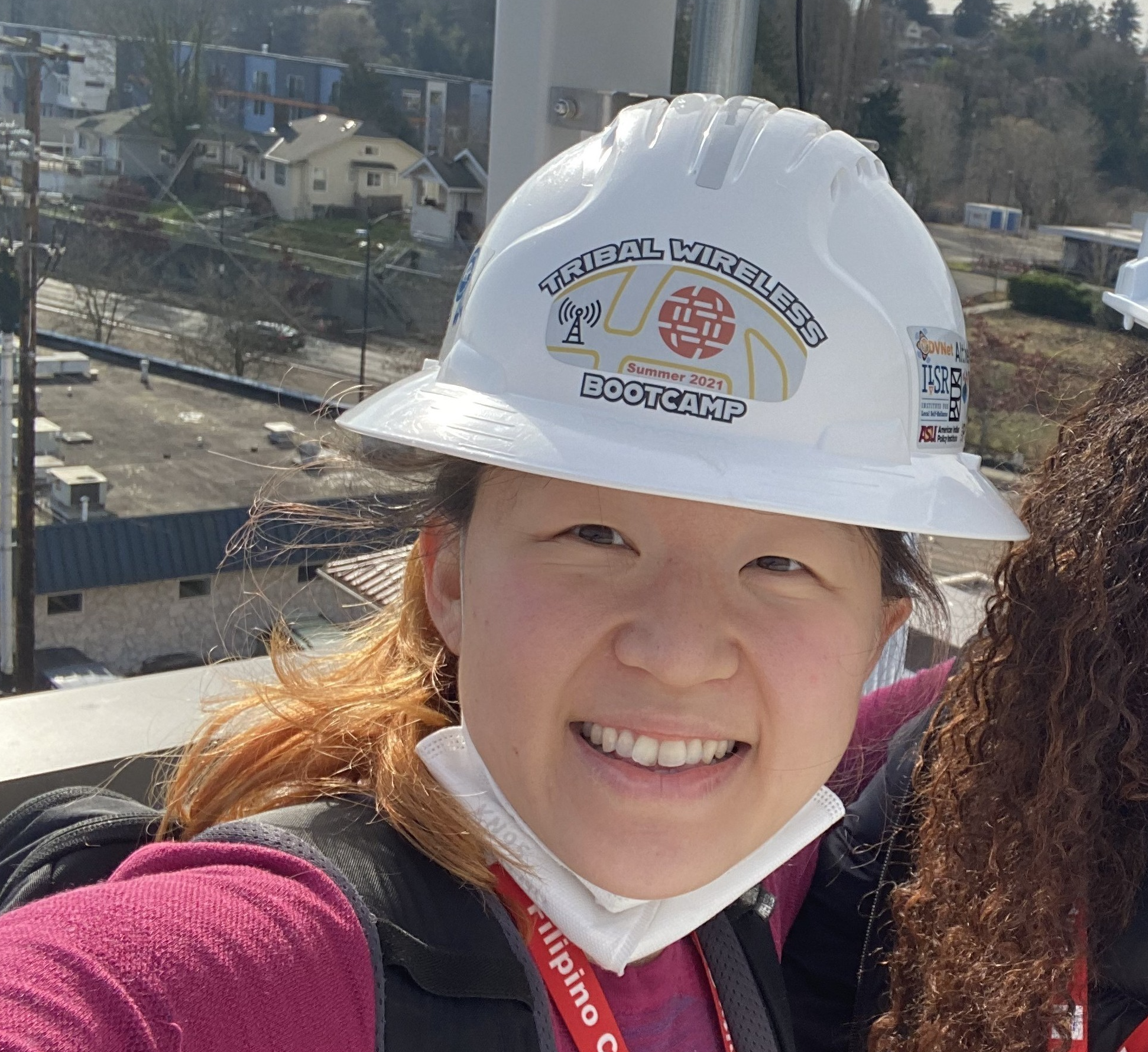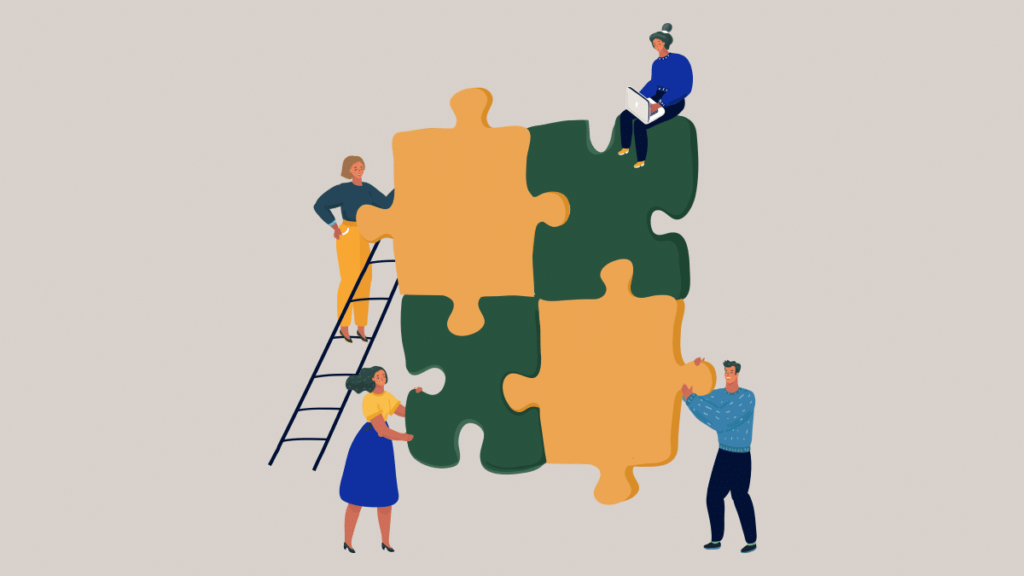Best Practices: Community Partnerships in PIT Work
Theme: Public and Critical Infrastructure

Author: Esther Han Beol Jang, PhD student in Information and Communication Technologies for Development (ICTD), Allen School of Computer Science and Engineering, University of Washington
Editor: Kurtis Heimerl, associate professor, Paul G. Allen School of Computer Science and Engineering, University of Washington
The Seattle Community Network, which is funded by PIT-UN as well as the city of Seattle, National Science Foundation, and others, explores the technological and social structures needed to develop community-held cellular infrastructure and runs seven network sites providing low-cost or free Internet access to community members. To do this, we work with local partners including government institutions such as the Seattle Public Schools and Tacoma Public Library, connectivity and digital equity initiatives such as the Tacoma Cooperative Network and Black Brilliance Research Project, and nonprofits like the Filipino Community Center.
Working with community partners to make a positive impact on people’s lives is fundamentally necessary to centering research and technology in the public interest, and it’s one you may find to be the most challenging — and rewarding — part of the work.
Setting Expectations
Working with community partners can be the most challenging aspect of a PIT project. Like any other relationship-building activity, it can involve an intense amount of emotional labor, requiring empathy, patience, and strong communication skills. Sometimes partnerships will fall apart due to interpersonal conflicts, or because one or both partners does not have the emotional or operational bandwidth to support the relationship at a given time. These challenges are to be expected, because they have to do with people being human — anything from having clashing communication styles, to being busy or overcommitted, or being uncomfortable and not knowing how to express it. Being resilient to these kinds of interpersonal challenges is crucial for doing PIT research. Key moments for community-building can occur during both setup and crisis.

Establishing a Team
Foundationally, if you’re doing community work, your team needs a community-focused researcher.
- Have one or more researchers or project staff on the team who genuinely enjoy and find meaning in community- and relationship-building (not view it as a chore, obligation, or box to be checked) and who have the motivation, time, emotional energy, and interpersonal skills to undertake it. Ideally, this person or group should provide a long-term, consistent point of contact for community partners, although personnel transitions do happen and can be navigated with good communication ahead of time. It can be especially beneficial when individuals choose this role based on some aspect of their own identity that makes relationship-building particularly meaningful or rewarding for them. In-group identity can matter a lot in terms of initial trust, interpersonal response, or community access. We cannot emphasize enough how diversity in the research team can be a strength and provide unexpected opportunities.
- Sometimes it can take a while (even years) for research team members and community partners to become aware of each other’s multidimensional strengths (and weaknesses). Community partners may be shy or intimidated by the researchers’ credentials and regimented methodologies and as a result not immediately come forward with their own experience, knowledge, connections, and other strengths. Early tensions around communication styles or other sources of conflict may also cloud people’s initial impressions of each other and block relationship-building. Creating space for more relaxed social and unstructured time together can help; over the years our collaboration has been strengthened by informal monthly happy hours.
- When communicating digitally with partners, researchers should be persistent and patient, adaptable to a slower response cadence than in academia. They should also be open to different communications platforms (such as Discord or Messenger) if emails or online messages are not working for others. Trying phone calls, text messages, or even in-person visits will often be necessary. Importantly, these should be conducted without undue anxiety or urgency.

Challenging Communication Scenarios
Researchers communicating regularly with partners should always be ready to listen, affirm, and respond to expressed needs, concerns, or confusion without denying fault or being defensive. You can think of this as a “Yes, and” mentality. We used to keep a Post-it note on my desk with the phrase “They want to feel heard, respected, and loved” to make sure we always responded with the right attitude to the person on the other side of any written communication.
In any conflict, however minor, it is important to hear and acknowledge feelings first, understand where unmet needs or negative emotions are coming from, and resolve any misunderstandings to reestablish good rapport before being able to move forward with joint problem-solving.
Potential for partner anxiety and conflict is heightened by power imbalances, which pose an inherent challenge to trust. Power imbalances are usually present when academics from powerful universities (especially those holding project resources and funding) interact with representatives from vulnerable or marginalized groups who have historically struggled to be heard or acknowledged.
The easiest and least conflict-ridden community partner relationships tend to be between institutions that feel on equal footing in terms of power and funding (for example, a university and a library or school system), often with the resources and experience to establish formalities such as a memorandum of agreement (MOA).
Despite initial overhead, having a template MOA and being ready to establish one can be a good idea. However, getting to the level of mutual trust to write and sign such a document together can be daunting without having first built a comfortable working relationship, especially in the presence of power and capacity imbalances or personnel turnover (such as losing the trusted main contact on either side of a partnership).
Be flexible and forgiving, and know that you may need to have a backup plan or pivot a project if one set of partners falls through.
